Israeli Forces Withdraw From Lebanon’s Meiss El Jabal, Rab El Thalathine, Markaba (Map)
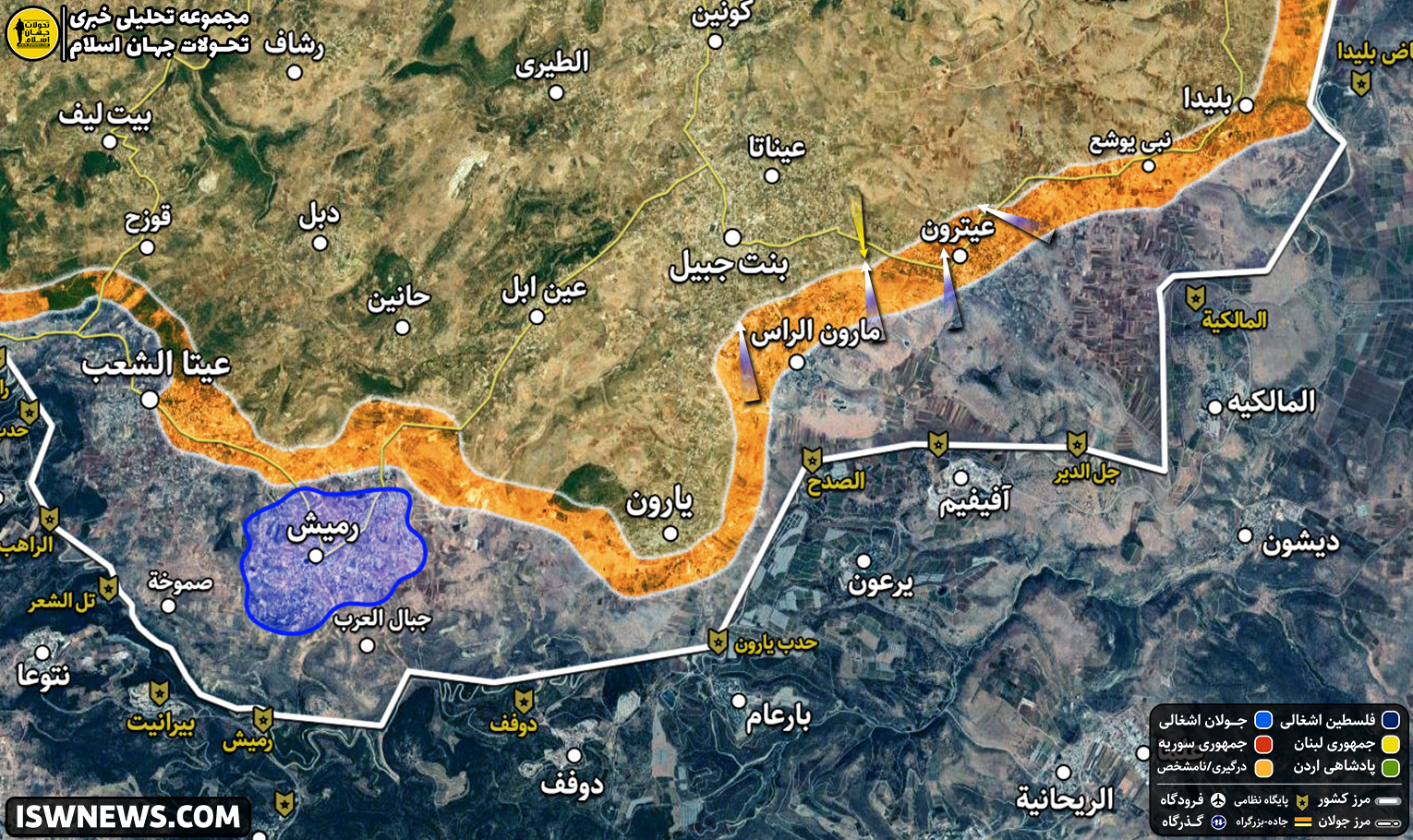
The Israeli regime’s army has withdrawn from the Lebanese town of Meiss El-Jabal and the villages of Rab El-Thalathine and Markaba as its ground operations in the border areas of southern Lebanon still continue. There have been no changes on the fronts of Shebaa Farms, Kfar Kila, Houla, and other border areas in southern Lebanon.
Southeast Front:
The 91st and 98th Brigades of the Israeli regime’s army have withdrawn from their positions in the outskirts of the village of Taibeh, east of Rab El-Thalathine and Markaba, as well as the town of Meiss El-Jabal after 43 days of fighting and attempts to control the border strip in southern Lebanon.
Undoubtedly, the precise strikes by the Lebanese resistance movement Hezbollah on Israeli tanks, armored vehicles, and machinery have significantly affected this military withdrawal and prevented them from achieving their objectives completely.
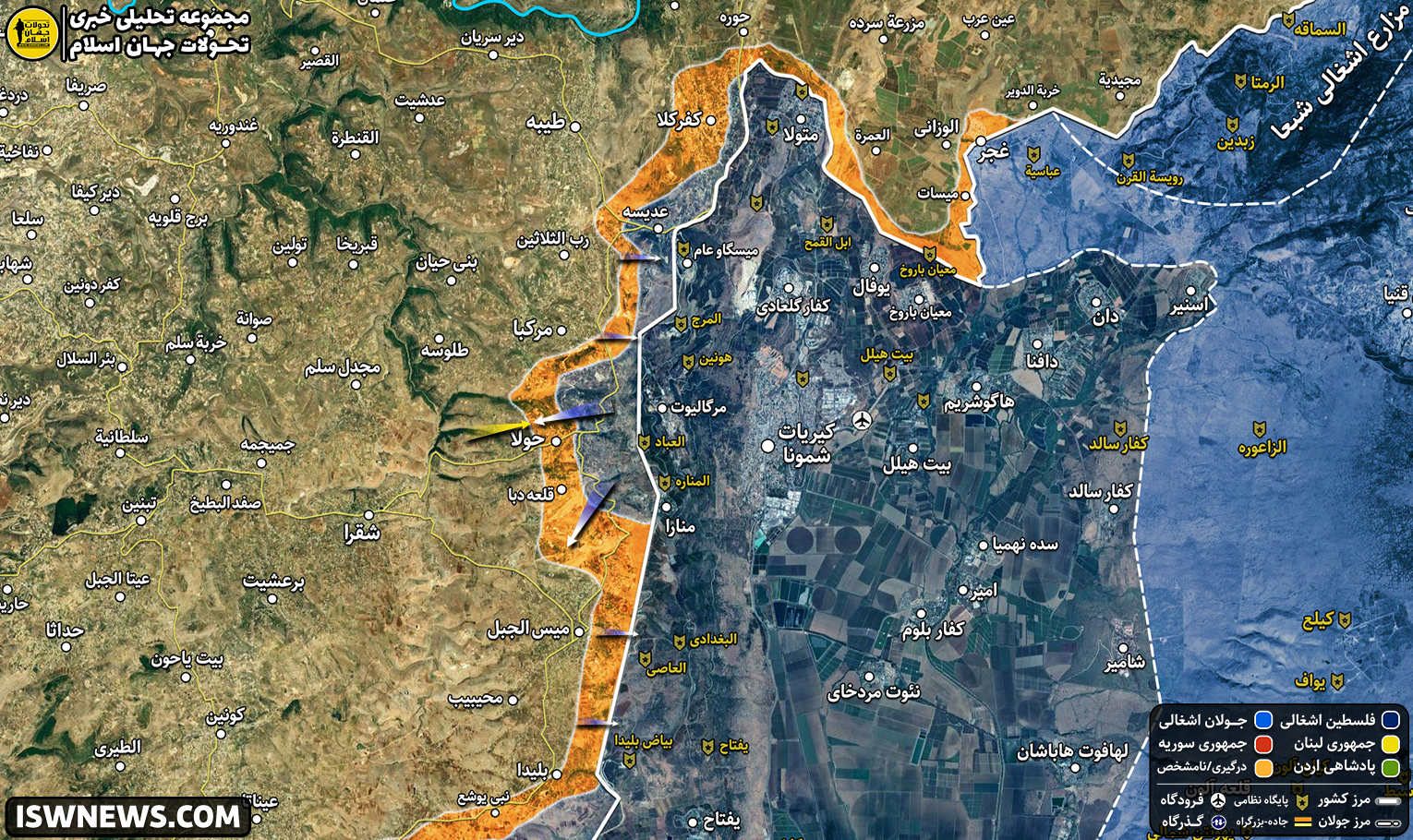
Aitaroun and Maroun El-Ras Fronts:
On the Maroun El-Ras Front, the Israeli regime’s army attacked from the eastern direction of the Maroun El-Ras village toward the village of Aainata. This attack faced an ambush by Hezbollah fighters and ended in failure. The Israeli regime’s forces have also attacked from the Yaroun-Maroun El-Ras Road to the western front of Maroun El-Ras, which led to the regime forces’ advances in this front.
The Israeli forces’ movement from this front is very dangerous. If the destruction and passage through Maroun El-Ras are completed, the conflicts will shift to the town of Bint Jbeil, and the Israeli regime’s army would be able to put pressure on the resistance front in Aitaroun, Yaroun, and Ain Ebel-Hanine.

There have been no changes in the lines of confrontation in the Shebaa Farms, Kfar Kila, Houla, and Naqoura fronts. Reports have been published about the gathering of Israeli military forces at the Ras al-Naqoura border crossing, which are likely aimed at attacking Al-Labouna and then the Hamoul Valley on the outskirts of the town of Naqoura. The battle in this front will be very tough, and Hezbollah fighters can inflict effective and costly strikes on the Israeli regime’s forces by using forest as a cover.
At this stage of the conflict, the continuation of rocket and drone attacks in the border line of northern occupied Palestine has become very important. Additionally, the use of Fateh-110 missiles and the hybrid attacks of Hezbollah’s rockets and suicide drones have affected the focus and organization of the Israeli regime’s army in supporting the northern fronts.
Since the onset of the ground conflict, 43 Merkava tanks, 8 military bulldozers, 6 armored vehicles, and six Hermes 450 and 900 drones have been destroyed. Although the Israeli regime’s airstrikes on various regions of Lebanon continue, they have not had a significant impact on reducing Hezbollah’s retaliatory attacks.
This indicates that Hezbollah has gained control over the situation in the southern Lebanon front, and their strategies to remain safe from air attacks have been effective. The persistence of this situation benefits Hezbollah and will lead to further defeats for the Israeli regime’s forces unless they enter the second phase of ground operations and escalate ground attacks deep into southern Lebanon.


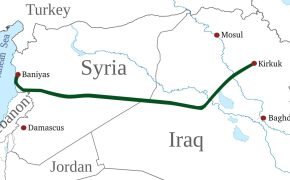
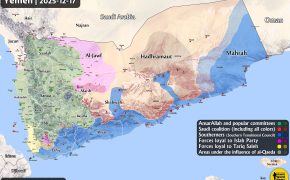
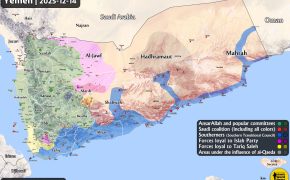
Comment